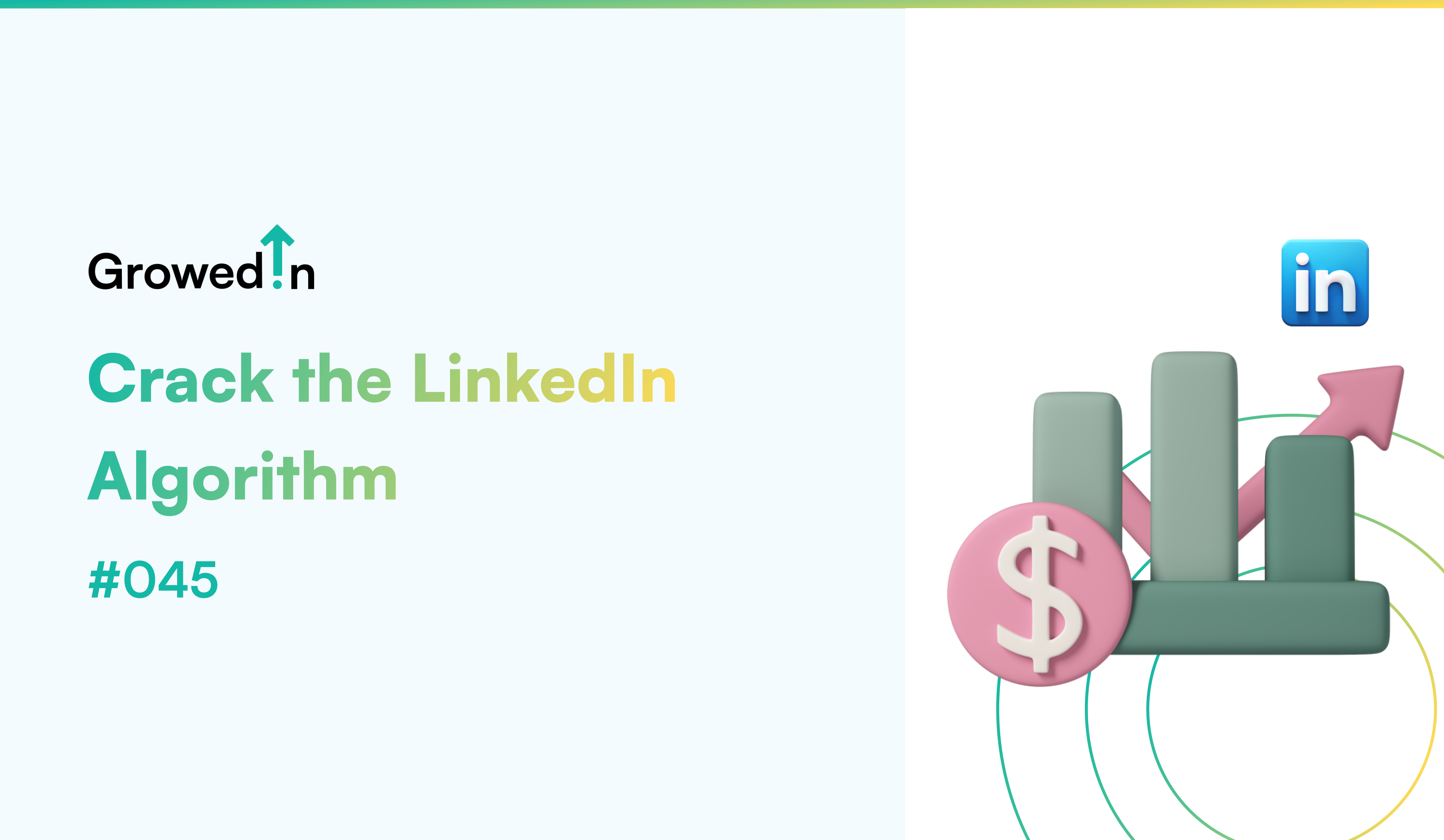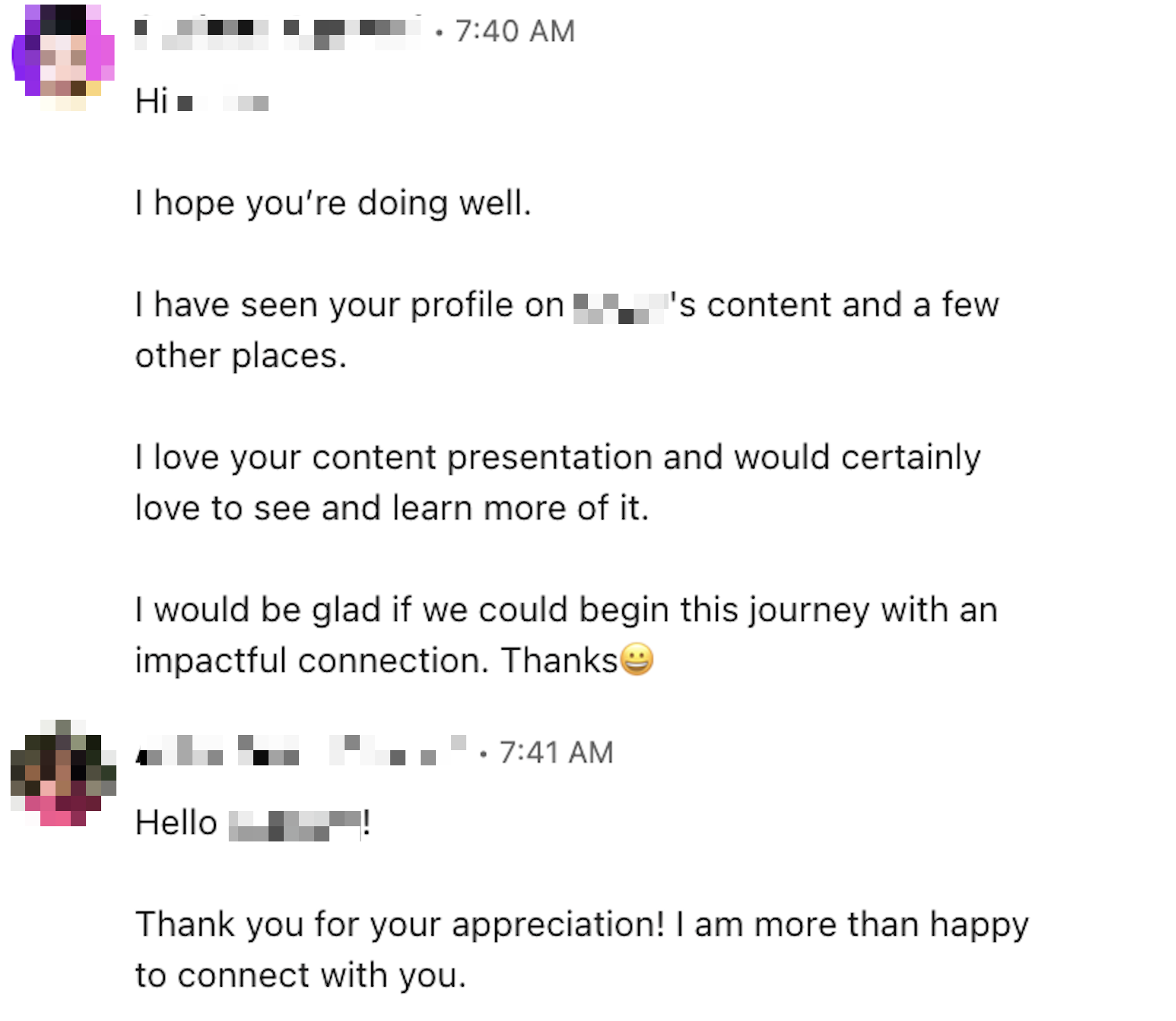#066 - What to Post on LinkedIn When You Have Nothing to Say
You know LinkedIn is important.
Investors check it before they take your call.
Top candidates stalk your profile before signing your offer.
Even your competitors keep tabs on what you’re saying (or not saying).
But some days, you’ve got nothing. No grand insights. No hard-hitting leadership lessons. Not even a half-baked thought on the latest AI trend.
Do you stay silent? Post a generic “Leadership is about people” quote and call it a day? Or worse—resort to the “Happy Monday! Let’s crush it this week!” post?
Here’s a better approach: You don’t need to be profound every time you post. You just need a system to stay visible.
Below is your cheat sheet for posting on LinkedIn when inspiration is running on empty.
1. The ‘Reverse Advice’ Post
People love a good hot take—especially when it challenges conventional wisdom. Instead of repeating the same advice, flip it.
Examples:
• Common advice: “Customers are always right.”
Your take: “Customers aren’t always right. But they should always feel heard. That’s the real key to retention.”
• Common advice: “Work-life balance is the key to success.”
Your take: “The most successful people don’t chase work-life balance. They chase work-life alignment—where work energizes them instead of draining them.”
This makes people stop scrolling and rethink what they’ve always assumed.
2. The ‘Customer Story’ Post
Executives don’t need to talk about themselves—they need to share stories that highlight impact.
• A time when your company turned a near-failure into a success.
• A moment when a small decision had a big impact on customer experience.
• A lesson learned from working with a difficult client or a high-stakes negotiation.
Example: Instead of saying, “Customer experience is important,” tell a story that makes the point for you.
"We had a client who was about to churn. Instead of pitching them harder, we asked a simple question: ‘What would make staying with us a no-brainer?’
They told us. We adjusted. They didn’t just stay—they upgraded."
People remember stories. Tell one, and your post will stick.
3. The ‘Lesson from a Book or Podcast’ Post
Executives don’t have to come up with original ideas all the time—just curate the best ones.
• A surprising insight from a book you recently read.
• A powerful quote from a podcast that changed how you think.
• A fresh perspective from a conference or industry event.
Example:
"In a podcast with Patrick Lencioni, he said something brilliant:
‘If everything is a priority, nothing is.’
I used to pack my schedule with back-to-back meetings, thinking I was being productive. Turns out, I was just being busy. Now, I structure my week around one primary focus per day. Game-changer."
People love bite-sized wisdom. Give them something they can take with them.
4. The ‘Repost with a Hot Take’ Post
You don’t always need to create something from scratch—join the conversation instead.
• Find a relevant post in your industry.
• Add your own perspective, whether you agree or disagree.
• Pose a question that sparks discussion.
Example:
"I saw a post by [Industry Leader] about ‘AI replacing jobs’ and had to weigh in.
The real shift isn’t AI taking over—it’s people who know how to leverage AI outperforming those who don’t.
The winners won’t be AI, they’ll be AI-powered professionals."
Such posts build engagement, tap into trending conversations, and keep you visible.
Final Thoughts
Your LinkedIn presence isn’t about going viral. It’s about staying top of mind.
The next time you feel stuck, don’t overthink it.
1. Challenge bad advice.
2. Tell a customer story.
3. Share what you’re learning.
4. React to a trending post.
Your audience doesn’t expect perfection. They expect real, valuable insights from someone who has been in the trenches.
Which one of these post types will you try next?














.png)























































































































































































































